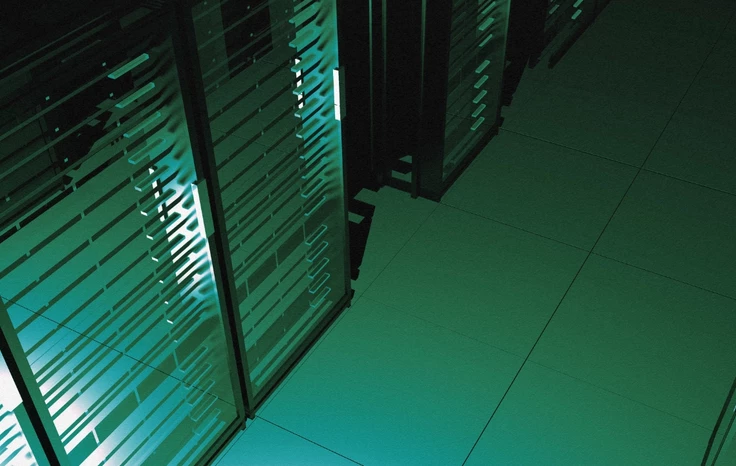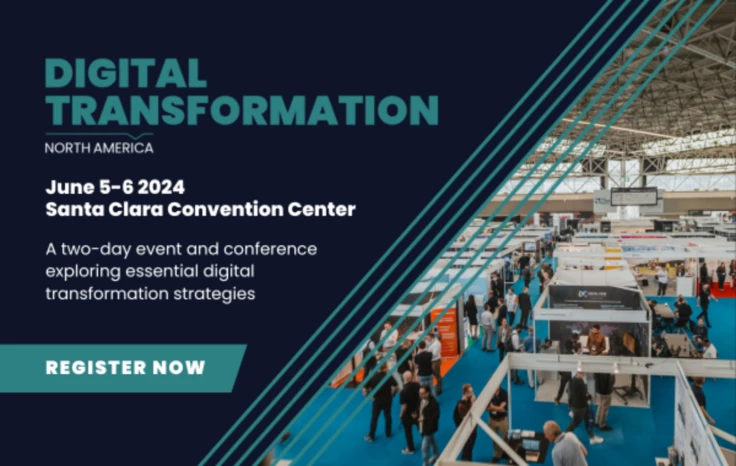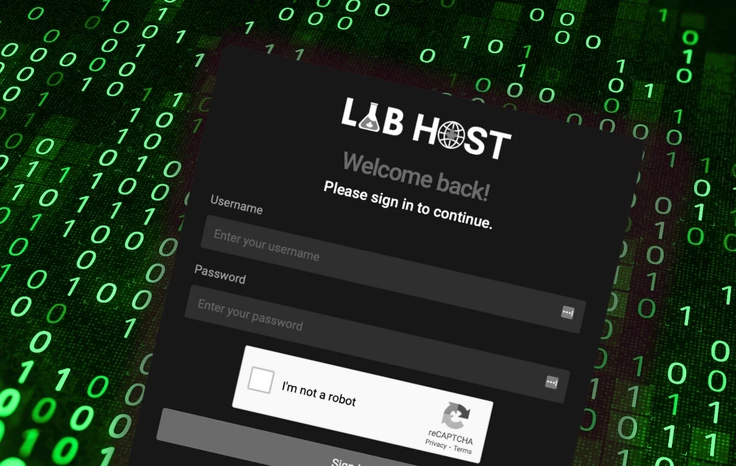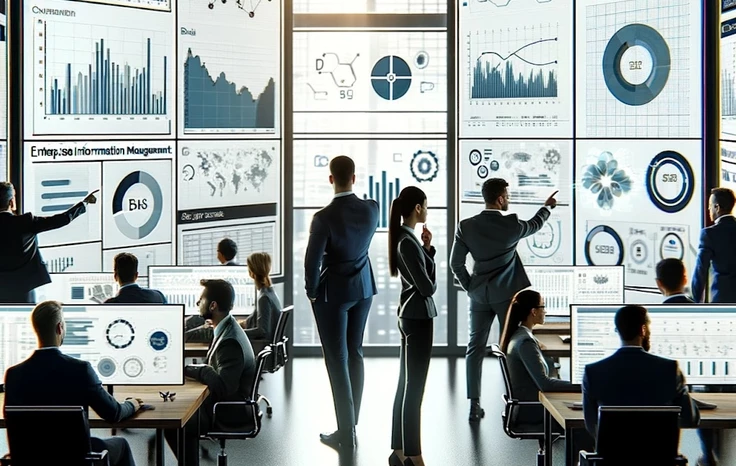What is Health Technology? Definition, Benefits, Challenges
The Technology Supporting the Meeting Room of the Future
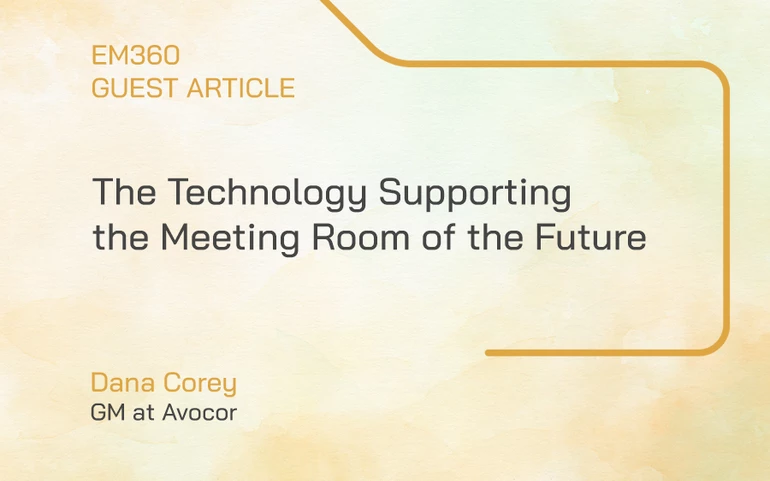
This article was written by Dana Corey, GM, Avocor
With more companies committing to bringing employees back into the office, at least part-time, decision-makers, as well as facility, IT, and AV teams are being tasked with creating workspaces that can support the new digital-first workforce.
As cultural phenomena such as “The Great Resignation” dominate headlines, it has never been more important for enterprises to consider their next moves. Companies like Google are doubling down on creating workspaces that suit the demands of a post-pandemic workforce, recognizing that work can and should happen anywhere, and implementing new meeting room concepts to bring remote and office teams together. At the Google HQ, new spaces dubbed campfires were built so that “in-person attendees sit in a circle interspersed with impossible-to-ignore, large vertical displays,” each of which features a virtual participant, to ensure equity of experience.
But how can existing spaces, that were designed before hybrid work and videoconferencing were the norm, be reconfigured to best support dynamic modern needs? How will the lessons learned during the pandemic influence how people choose to meet, and how can enterprise decision-makers create workspaces that fulfil these demands while improving productivity?
This article will touch on a few of the common meeting space setups being used today, the opportunities and challenges they create for the way enterprises now work, and how changes can be made to create equitable meeting experiences and streamlined collaboration.
Meeting spaces, transformed
Pre-pandemic, office interior setups, especially meeting spaces, were focused on the needs of in-person teams. Remote employees, though increasing in number, were not prioritized in the experiential hierarchy of meetings, while in-person teams dominated conversations. This inequal, siloed communication limited collaboration. With countless employees and even entire companies now fully remote or hybrid however, it is important to consider how meeting spaces can be adapted to better accommodate this sustained distribution of work: What changes need to be made?
Let’s start by considering the traditional small conference room that features a table, a few chairs, and a whiteboard. These rooms are being replaced with smaller, sometimes even mobile, huddle spaces that prioritize meeting efficiency and less formal collaboration. These huddle spaces are frequently oriented around interactive collaboration displays that support physical whiteboarding and remote participation simultaneously and in real time. Features such as the ability to share, save, and send cloud-based real-time annotations in a meeting with (and from) everyone on a call make it easier to sync dispersed teams and foster a sense of connectivity by eliminating siloed conversations and granting everyone the same access and participation privileges.
For bigger meeting spaces such as board rooms, there are additional design and technology decisions to make. A collaboration display can be used to conference in remote attendees, but for these larger, longer spaces, camera and display placement is even more important to ensuring equitable meeting experiences. The typical set up of a single display in the front of a room can be restricting to the field of view, with some participants in the foreground and others obstructed, making it hard for virtual participants to tell who is talking or to read their body language. Installing collaboration displays that feature far-field voice support ensures that everyone in a room can be heard, and by adding two displays or more, meeting participants can use one display for video conferencing and the other for real-time digital whiteboarding.
Then there are open office layouts, where finding places to meet can be more difficult depending on the size of the space and access to adjacent meeting areas. For these open spaces, ad hoc meetings at desks or in seating areas can be augmented using video conferencing tools to include remote participants. Employees can simply wheel out an AV cart that features display and camera hardware as well as support for a full suite of UC and conferencing software.
New tools to support reconfiguring the office
Beyond the technology used to transform the way existing rooms work, there are also tools to help design future rooms. VR-based solutions like Modus 360, a software platform that allows for real-time room creation and optimization for the enterprise, offer the ability to create dynamic meeting spaces that best fit the needs of each workplace.
Workspace analytics features built into workplace hardware such as displays allow enterprise decision-makers to take immediate action. This data will be useful in re-evaluating meeting room design and usage, measuring UC hardware and software ROI, and guiding future meeting planning. There will be a lot of trial-and-error as more teams return to the office and reconfigure meeting spaces to work best for them – analytics will be key in correcting initial design attempts.
According to a survey by Microsoft on hybrid work, more than 65 percent of those surveyed are craving more in-person time with their teams to collaborate. Collaboration will be one of most important functions of the modern workplace, so it’s essential that the meeting spaces we once knew evolve to fit the way that we choose to meet and connect today. Technology is the number one enabler of that evolution.
About: Dana Corey
Dana Corey is GM/VP of Sales for Avocor. Dana is an experienced, technical sales, marketing and operations executive successful at building high-performance sales teams and leading sophisticated organizations with P&L responsibility in the B2B electronics market. Dana is a strategic visionary, with domestic and international experience in strategic planning and execution of multi-faceted global business development campaigns, designed to improve market share. Dana’s experience includes a proven track record of increasing sales and profitability, meeting deadlines, managing budgets and handling multiple tasks and projects for renowned technology companies such as Prysym, Barco and Folsom Research.














